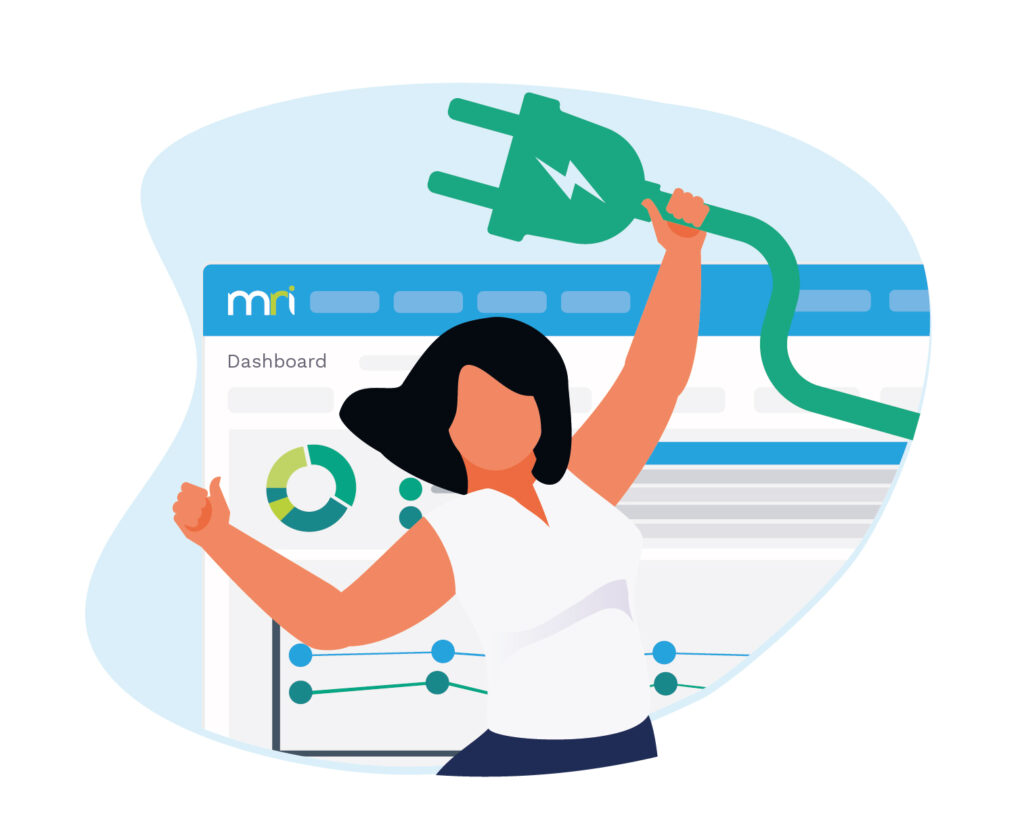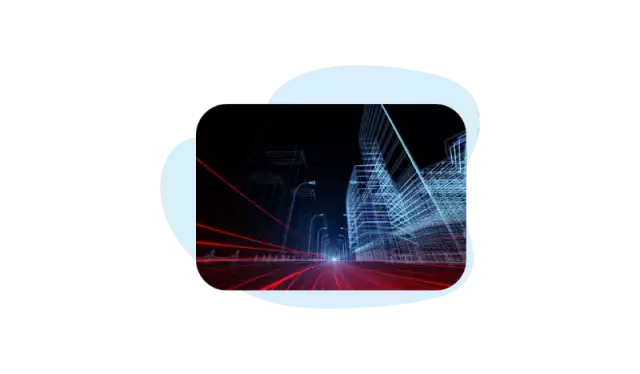The Top 10 features of an energy management system
What is an energy management system?
An energy management system should be an all-encompassing tool for organizations to streamline energy management tasks. It should help businesses analyze their energy usage, identify wastage and facilitate the implementation of energy reduction measures; saving money while managing their environmental responsibilities. However, an energy management system is responsible for much more than simply making an energy manager’s life easier. There are often complex factors that come into play beyond evaluating your energy data. You need to be assured your system can reflect your goals, be responsive to your unique situations and deliver useful, data-driven recommendations.
Now that you know what an energy management system is, what are the top ten features that you should look for in order to help you know the right system to choose?
Every organization’s use of energy is different due to a wide range of reasons. Are you sure you’re asking the right questions to ensure you get the most out of your system? Are you looking to implement an energy management system and are not sure where to start?
Top ten features of an energy management system
Defining energy goals
Defining energy goals is a collaboration between your energy management team and the system. While your organization creates the goals, the system needs to be responsive and customizable in order to fully meet your objectives.
Achieving management buy-in
One of the most difficult aspects of managing energy is achieving buy-in through all levels of the organization. An energy management system should have sleek and intuitive dashboards that clearly display savings to upper management, encourage employee engagement and provide site to site comparisons.
Setting objectives and timelines
Having the ability to properly set energy objective by using historical and real-time data is an essential characteristic of an energy management system. An EMS needs to be able to evaluate trends and provide data-driven insights to project timelines for all energy goals.
Data collection
In most cases, energy data in a variety of locations and can make aggregating that data a daunting task. An energy management system should be flexible in collecting that data. Whether it’s located in spreadsheets, legacy metering systems or building automation systems, an EMS should seamlessly integrate and pull that data for you.
Measuring and verifying energy consumption
An energy management system should intuitively and instinctively measure your energy usage with accompanying verification methods. The process should fine-tune your focus and inform you of progress against your savings goals.
Setting energy KPIs
While energy KPIs are usually unique to each organization, an energy management system should provide all the necessary data analysis to identify exactly the measures you need to report on.
Reporting
When evaluating your KPIs, you need critical information like consumption, emissions, financial data, verification of savings and more, an EMS should be equipped with all the necessary tools to build custom reports automatically to help you and your team save precious time.
Identifying energy saving opportunities
An energy management system should have the capability to visualize energy consumption to clearly present inefficiencies. Graphing technologies and reports can determine where inefficiencies are and determine where actions need to be taken.
Implementing projects
An energy management system should provide you with an in-depth understanding of how your energy is used, the consumption, the areas of inefficiencies and the scope of energy projects. It should provide you all the information you need to make an educated decision on what projects to implement and will monitor and verify all savings you’re expected to make.
Verifying savings
As you complete projects, and energy management system should confirm you’ve achieved your expected savings with verification methods; specifically in accordance with the International Performance Measurement and Verification Protocol.
Are you ready to take back control of your energy data? MRI eSight, the leading global EMS, has all the critical functionality that empowers your business to reduce energy costs and manage corporate sustainability goals.
Get a software demo
Monitor, analyze and reduce energy consumption.Energy Management software






